This article was co-authored by Jurdy Dugdale, RN. Jurdy Dugdale is a Registered Nurse in Florida. She received her Nursing License from the Florida Board of Nursing in 1989.
There are 17 references cited in this article, which can be found at the bottom of the page.
This article has been viewed 34,610 times.
If you're sexually active, it is a good idea to get tested for HIV/AIDS at least once a year. Whether you want to learn if you have HIV/AIDS or need to monitor your HIV-status, a doctor or an STD clinic can help. They can identify physical symptoms and test your blood for results. If you're not even sure if you have HIV or not, try a home blood or saliva test. With vigilant testing, you may be able to handle any potential complications early and effectively as well as prevent transferring the disease.
Steps
Recognizing Symptoms of HIV/AIDS
-
1Watch for mild flu-like symptoms within a month of sexual intercourse. This includes fever, headache, muscle pains, rashes, a sore throat, or swollen glands on the neck. These symptoms usually occur within 2 months of infection. These are usually the first signs that you may have HIV.[1]
- Many people get HIV without knowing it or without having symptoms after high-risk sexual activities or having unprotected sex.
- Practice safe sex to lessen the risk of getting HIV.
-
2Examine your skin for lesions, bumps, or rashes. As HIV develops into AIDS, you may develop certain skin conditions. Examine your tongue, gums, and body for any strange rashes, marks, or discoloration. Common skin conditions in people with AIDS include:[2]
- Kaposi’s sarcoma: a type of skin cancer that looks like numerous red, black, or purple moles raised along the skin.
- HIV-related herpes: red blisters on your mouth or genitals.
- Oral hairy leukoplakia: white, hairy looking spots or rashes on your tongue.
- Molluscum contagiosum: a condition that causes hundreds of pink spots on the body.
- Many of these are later-stage symptoms that may not be present at all.
-
3Keep track of any recurring illnesses or infections. By the time your body develops AIDS, your immune system is immunocompromised. This means that you are vulnerable to becoming ill more often. You may have recurring pneumonia or bronchitis. If you frequently get sick or suffer from infections, visit a doctor. Common recurring symptoms include:[3]
- Fever
- Diarrhea
- Night sweats
- Fatigue
- Weight loss
Undergoing Medical Tests
-
1Visit your doctor or an HIV-clinic to get tested. Your physician or general care doctor can perform these tests for you. If you would prefer to be anonymously tested, look online for your local public STD clinics that will accept patients without requiring any personal information.[4]
- You can find an HIV-testing center in the US here: https://gettested.cdc.gov/.
- Smaller cities may not have a dedicated HIV clinic. A community STD clinic will be able to run similar tests.
-
2Undergo a physical examination. The doctor will look for symptoms to see if you are exhibiting any of the physical signs of AIDS. They may also ask you questions about your sexual history. Tell your doctor in a simple but informative way about any unprotected sex you may have had, especially if it was with multiple partners.[5]
- The doctor will generally look for swollen lymph nodes, skin lesions, noise in your lungs, and a abdominal distension (swelling).
- Your doctor will need to know your sexual history and if you have ever had sex with someone with HIV/AIDS.
- Let your doctor know about your usage of drug needles too. This is a common way for HIV to spread.
-
3Get a saliva test done. Saliva tests can be done by a doctor. The doctor or nurse will run a test stick along your upper and lower gums. In most cases, they will test the results right there in the office. After 20 minutes, the doctor or counselor will let you know if you are positive or negative and give you options for treatments.[6]
- If you did the OraQuick In-Home test and it came out positive, tell your doctor. They may skip this test to do a blood test.
-
4Undergo a blood prick test. Unlike a full blood test, a blood prick can be tested at your doctor’s office, usually within 30 minutes. The doctor will prick your finger and collect the blood. This test is usually done to see if further testing is required. If it comes back positive, your doctor will likely ask you to take a full blood sample.[7]
-
5Get your blood tested to look for the presence of the virus. Your doctor will take a sample of blood and send it to a laboratory. The lab will perform a number of different tests on your blood to look for the virus in your blood. These tests include:[8]
- Antibody tests, which looks for antibodies as soon as 3 weeks after infection.
- Combination tests, which look for antibodies and antigens from HIV/AIDS. These can identify the virus as soon as 2 weeks after infection.
- A Western blot, which is done after another blood test to double-check that the first test was correct.
-
6Monitor the status of HIV with regular blood tests if you tested positive. These blood tests (known as viral load and CD4 tests) measure how much of the virus is in your blood. The higher the viral load is in your blood, the faster your CD4 cell count will drop, affecting your immune response. This will help you monitor your condition to see if your HIV turns into AIDS.[9]
- These tests should be done every 3-4 months if you are not doing antiretroviral therapy. If you are, you may only need these tests every 3-6 months. Talk to your doctor for more information.
- It can take up to 10 years after your initial infection for HIV to develop into AIDS. With new developments in treatment, it might take even longer.
-
7Retest after 3 months if you tested negative. HIV antibodies can take up to 3 months to develop before they might appear on a test. If the first test was negative and you are at high risk, you may want to return in 3 months just to be sure.[10]
- For example, if you had unprotected sex with someone with HIV recently or if a former partner admitted they contracted HIV, you should do a retest after 3 months.
Doing a Home Blood Test
-
1Buy the Home Access HIV-1 Test System at a pharmacy or online. This is the only FDA-approved home blood kit for testing for HIV/AIDS. The kit includes a lancet, bandage, alcohol pad, and blood collection card.[11]
- Always read the instructions that come with the home test before starting.
-
2Call the number on the blood collection card. Follow the instructions on the phone to register your test. They will ask for the access code number on this card. Tear off and save this part of the card so that you can access your results later on. On the rest of the card, write down the date and your access number on the spaces.[12]
- A hotline may be detrimental if you’re mentally unstable. Visit a clinic instead.
-
3Wash your hands. Use warm water to kill germs and increase blood circulation. Once your hands are dry, massage them from the wrist up to the fingers on the hand you will prick. Then choose 1 finger and wipe it down with the alcohol pad.[13]
-
4Prick your finger. Place the lancet on a flat surface and press down with your finger until it clicks. Wait until a drop of blood forms and gently place the drop against the circle on the card. Do not wipe or push your finger against the card. Set more drops side by side until the circle is filled.[14]
- If a blood drop doesn't form, hold your hand downwards. Massage your hand from your wrist down to your finger until blood appears.
- Put the bandage on your finger after you have pricked yourself.
- Make sure that you place the drops side by side, not one on top of another.
-
5Call the number on the tear-off card after 7 business days. They will ask for the access code printed on the card before they give you your results. The lab will perform both rounds of tests necessary to diagnose HIV/AIDS. This means that if your first test came back positive, they will automatically do the second test for you as well.[15]
- If the test came back positive, visit a doctor as soon as possible.
Doing a Saliva Test at Home
-
1Buy the OraQuick In-Home HIV Test at a pharmacy or online. This test is the only saliva test that can be done at home. This test contains a plastic test stick, a test tube with liquid inside, and a booklet with instructions.[16]
-
2Swab your gums with the test stick. Run the stick once along your upper gums and once along your bottom gums. Make sure to go along the entire gum line. Do not run the stick more than once along either gum line.[17]
-
3Place the test stick into the test tube. Open the test tube carefully. If any of the liquid spills, throw it away and buy a new test. The plastic end that touched your gums should go down into the liquid. A test window will remain up out of the tube.[18]
-
4Wait 20 minutes. First the test window will turn pink. This shows that the test is working. After 20 minutes, compare the lines in the test window to the results in the booklet. Do not wait more than 40 minutes to read the test window or the results may expire.[19]
- One line next to the C is a negative result. You do not need to see the doctor.
- If there are 2 lines, 1 next to the C and 1 next to the T, it is a positive result. You should go to the doctor for further testing.
- No lines means that your test kit did not work. You may need to buy a new one.
-
5Make a doctor’s appointment if you tested positive. Your doctor will do blood tests to make sure that the result was correct. Furthermore, they may be able to tell you whether you have HIV or AIDS.[20]
Expert Q&A
-
QuestionIs losing weight without dieting mean you have HIV or an STD?
 Jurdy Dugdale, RNJurdy Dugdale is a Registered Nurse in Florida. She received her Nursing License from the Florida Board of Nursing in 1989.
Jurdy Dugdale, RNJurdy Dugdale is a Registered Nurse in Florida. She received her Nursing License from the Florida Board of Nursing in 1989.
Medical Review Board No, it's not necessarily a diagnosis for HIV. Weight loss can be for many reasons.
No, it's not necessarily a diagnosis for HIV. Weight loss can be for many reasons.
Warnings
- Don’t have unprotected sex or perform high-risk sexual activities.⧼thumbs_response⧽
- Some people may not show any symptoms of HIV.⧼thumbs_response⧽
- Avoid using infected needles since this could transfer the virus.⧼thumbs_response⧽
- Get a full STD profile since you are more at risk if you have HIV.⧼thumbs_response⧽
References
- ↑ https://www.mayoclinic.org/diseases-conditions/hiv-aids/basics/symptoms/con-20013732
- ↑ https://www.hopkinsmedicine.org/healthlibrary/conditions/infectious_diseases/hivaids_and_skin_conditions_134,100
- ↑ https://www.mayoclinic.org/diseases-conditions/hiv-aids/basics/symptoms/con-20013732
- ↑ https://aidsinfo.nih.gov/understanding-hiv-aids/fact-sheets/19/47/hiv-testing
- ↑ https://www.mayoclinic.org/diseases-conditions/hiv-aids/basics/preparing-for-your-appointment/con-20013732
- ↑ https://www.mayoclinic.org/diseases-conditions/hiv-aids/basics/tests-diagnosis/con-20013732
- ↑ https://www.cdc.gov/hiv/basics/testing.html
- ↑ https://www.mayoclinic.org/diseases-conditions/hiv-aids/basics/tests-diagnosis/con-20013732
- ↑ https://www.ucsfhealth.org/conditions/aids/diagnosis.html
- ↑ https://www.ucsfhealth.org/conditions/aids/diagnosis.html
- ↑ https://aidsinfo.nih.gov/understanding-hiv-aids/fact-sheets/19/47/hiv-testing
- ↑ https://www.youtube.com/watch?v=rIojDP8b8uw&feature=youtu.be&t=39
- ↑ https://www.youtube.com/watch?v=rIojDP8b8uw&feature=youtu.be&t=58
- ↑ https://youtu.be/rIojDP8b8uw?t=94
- ↑ https://www.fda.gov/BiologicsBloodVaccines/BloodBloodProducts/ApprovedProducts/PremarketApprovalsPMAs/ucm311903.htm
- ↑ https://aidsinfo.nih.gov/understanding-hiv-aids/fact-sheets/19/47/hiv-testing
- ↑ http://www.oraquick.com/taking-the-test/how-to-video
- ↑ http://www.oraquick.com/taking-the-test/how-to-video
- ↑ http://www.oraquick.com/taking-the-test/how-to-video
- ↑ https://aidsinfo.nih.gov/understanding-hiv-aids/fact-sheets/19/47/hiv-testing

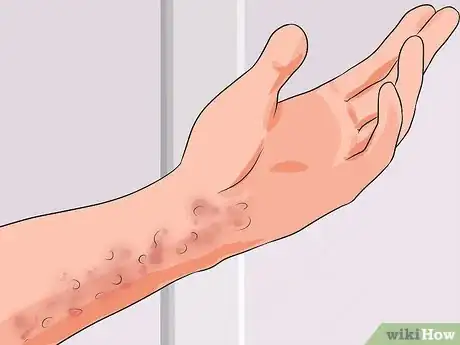

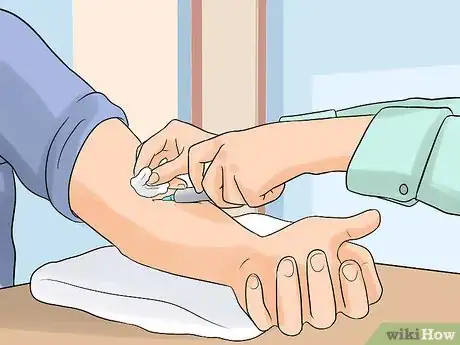
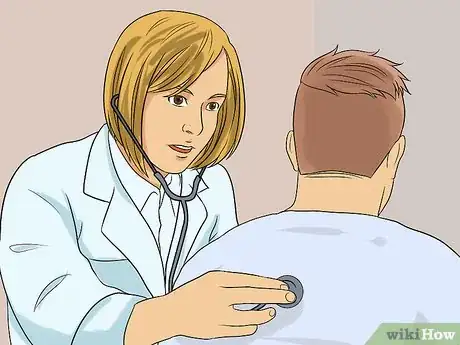
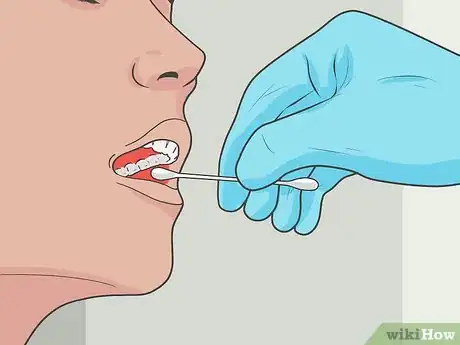
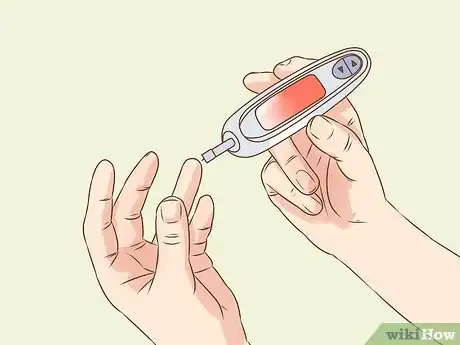
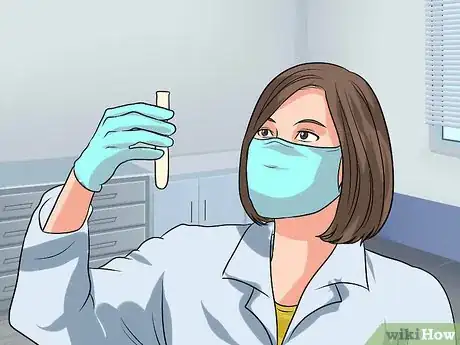
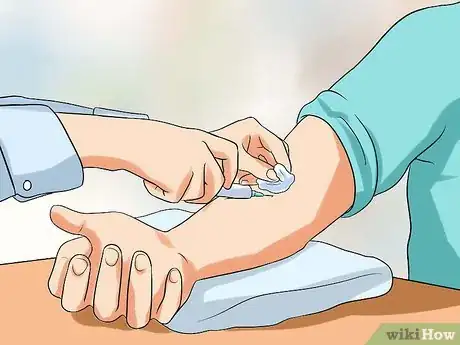



-Step-12.webp)
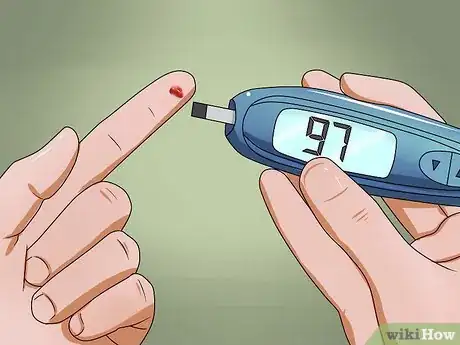

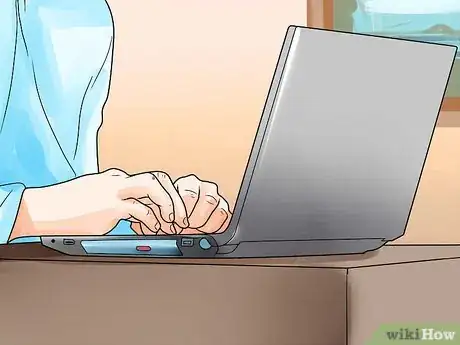
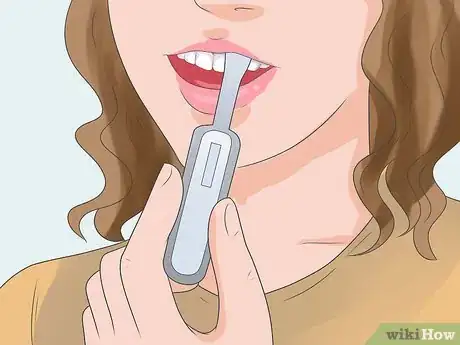
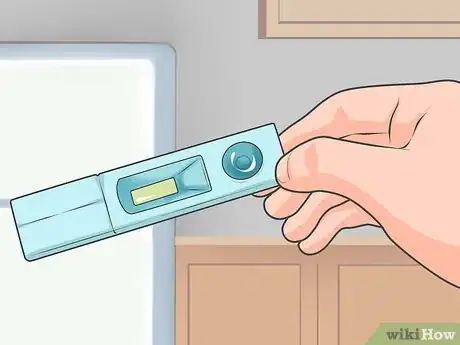

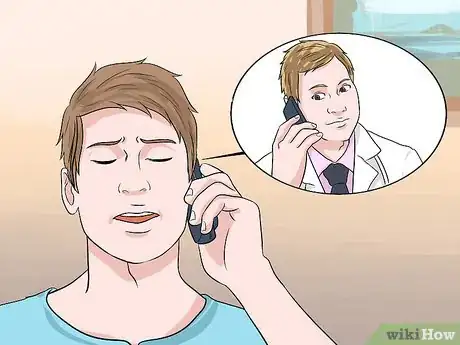
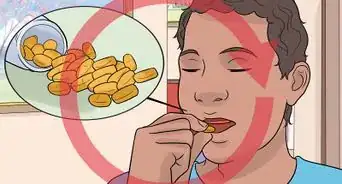
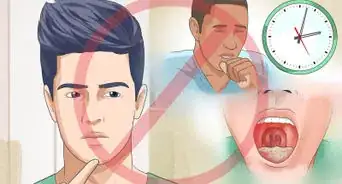

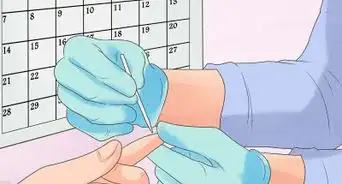





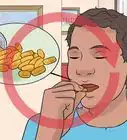
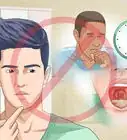
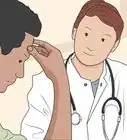
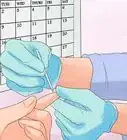
Medical Disclaimer
The content of this article is not intended to be a substitute for professional medical advice, examination, diagnosis, or treatment. You should always contact your doctor or other qualified healthcare professional before starting, changing, or stopping any kind of health treatment.
Read More...